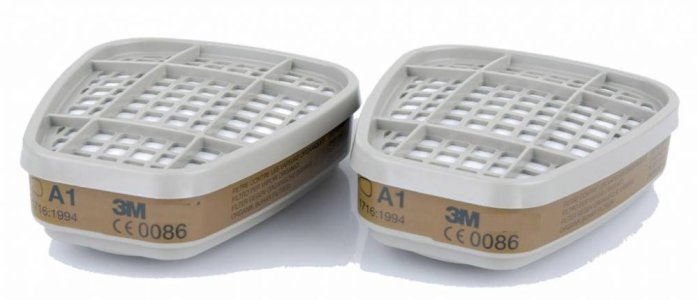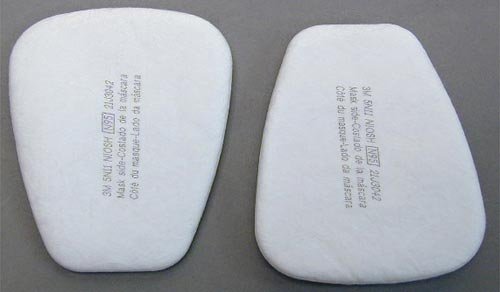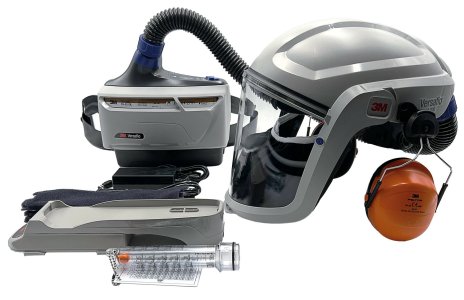PFDarkside
Senior Member
- Messages
- 492
I’m tempted to try to spray a body, and maybe do a bit more. I’m practicing by helping my son with his pinewood derby car. What is the proper PPE for spraying finishes?
I’ll be spraying outside or in the garage. Is there an appropriate respirator available on Amazon? When do you need eye protection?
I’m looking at everything from Rustoleum/Krylon to Duplicolor, some of the nitro cans available. Is there a respirator that will be appropriate for all of these when being shot in a garage/outside?
How about letting it dry? Our first shot of rustoleum was rather pungent when drying inside, should it be left outside to cure as well (at least the initial flashing)?
Also while we are on it, for sanding are any of the N95 dust masks we all seemed to have acquired the last few years appropriate?
I’ll be spraying outside or in the garage. Is there an appropriate respirator available on Amazon? When do you need eye protection?
I’m looking at everything from Rustoleum/Krylon to Duplicolor, some of the nitro cans available. Is there a respirator that will be appropriate for all of these when being shot in a garage/outside?
How about letting it dry? Our first shot of rustoleum was rather pungent when drying inside, should it be left outside to cure as well (at least the initial flashing)?
Also while we are on it, for sanding are any of the N95 dust masks we all seemed to have acquired the last few years appropriate?
Last edited:







